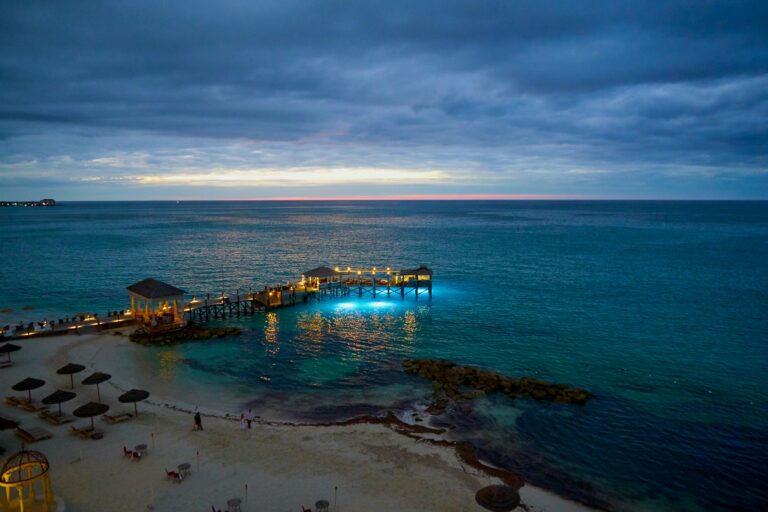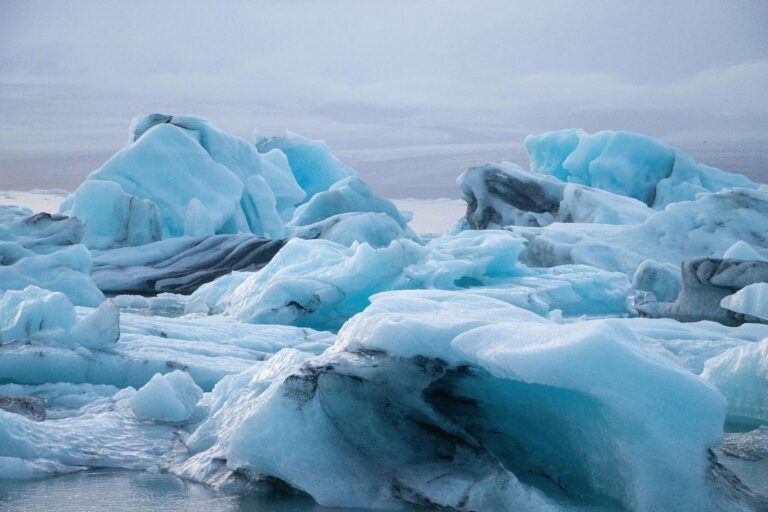Explore Best Destination
Discover our travel blog for inspiring stories, tips, and guides. From hidden gems to cultural experiences, we cover it all to fuel your wanderlust and help you plan unforgettable adventures!

Explore Nauru: The Small Island Nation with Big Adventures
Explore Nauru: The Small Island Nation with Big Adventures
Nauru, the world’s smallest island country, is often overlooked in favor of larger Pacific destinations. Yet this tiny island, located just south of the equator, offers a range of unique experiences, from beautiful beaches and fascinating history to a culture that remains deeply connected to the land and sea. While its size may be modest, Nauru packs a punch when it comes to natural beauty and authenticity, making it a hidden gem for travelers seeking an off-the-beaten-path adventure.
1. Nauru: A Quick Overview
Situated in the Pacific Ocean, Nauru is just 21 square kilometers in size, making it the third smallest country in the world by land area, after Vatican City and Monaco. Despite its small size, Nauru has a rich and interesting history, having been known for its once-thriving phosphate mining industry, which played a key role in the country’s economy for much of the 20th century. Today, Nauru remains an intriguing destination, offering an authentic slice of island life.
2. Beautiful Beaches and Pristine Waters
Despite its small size, Nauru boasts some stunning beaches and crystal-clear waters that rival any tropical paradise. The island is surrounded by a coral reef, creating calm, shallow lagoons ideal for snorkeling and swimming. Anibare Bay, located on the eastern coast, is one of the most picturesque locations in Nauru. This peaceful bay offers white sand beaches and calm waters, perfect for relaxation or water sports.
Another popular spot is the Nauru International Reef, where visitors can explore underwater worlds filled with vibrant fish and corals. With relatively few tourists, these beaches remain peaceful and pristine, allowing you to enjoy the natural beauty without the crowds.
3. Rich History and Culture of Nauru
Though small, Nauru has a rich cultural heritage that reflects its deep connection to both the ocean and the land. The island’s history is tied to its indigenous people, the Nauruan people, who have lived on the island for over 3,000 years. Visitors can learn about their culture, language, and traditions, which remain strong despite the island’s modern challenges.
The island’s colonial history is also fascinating. Nauru has been under the control of several different powers over the years, including Germany, Australia, and Japan. In fact, World War II played a significant role in shaping the island’s history. During the war, the island was occupied by Japanese forces, and remnants of this era, including bunkers and war memorials, can still be seen today.
A visit to the Nauru National Museum offers a comprehensive look at the island’s past, featuring exhibits on the island’s history, culture, and phosphate mining industry. The museum provides insight into how the island’s rich natural resources were once a major source of wealth for the country.
4. Phosphate Mining and Environmental Impact
Nauru’s phosphate industry is a key part of the island’s history and economy. The island was once one of the richest countries per capita in the world due to its extensive phosphate deposits. These deposits were heavily mined throughout the 20th century, and the mining activities have left a visible mark on the island’s landscape, with large areas of land covered in the remnants of mining.
While the impact of phosphate mining on the environment is significant, Nauru has worked hard to restore some areas and create new opportunities for the future. The island is now focusing on diversifying its economy and promoting sustainable tourism, encouraging visitors to explore its natural beauty while being mindful of environmental conservation.
5. Things to Do in Nauru: Adventure and Relaxation
Despite its small size, Nauru offers a variety of activities for visitors who want to explore both its natural beauty and its unique cultural heritage. Here are some things to do while visiting:
- Snorkeling and Diving: The clear, warm waters of Nauru are perfect for snorkeling and scuba diving, with a wealth of marine life just beneath the surface. The coral reefs are home to tropical fish, sea turtles, and vibrant marine flora, making it an ideal destination for underwater enthusiasts.
- Hiking and Nature Walks: The island’s varied landscape, which includes rugged cliffs, dense forests, and old phosphate mine sites, provides excellent opportunities for hiking and nature walks. Visit the Yaren district and explore the island’s unique geography.
- Cultural Tours: Learn about Nauru’s history, culture, and traditions by visiting local villages, interacting with the friendly locals, and attending traditional ceremonies and festivals. The island’s cultural richness and its people’s hospitality are among its greatest attractions.
- Historical Sites: Explore World War II relics such as bunkers and tunnels, which dot the island’s landscape. Sites like The Japanese Monument offer insight into Nauru’s role during the war, and they’re a must-see for history buffs.
6. Best Time to Visit Nauru
Nauru enjoys a tropical climate, with warm temperatures year-round. The best time to visit is during the dry season (May to October), when the weather is more favorable for outdoor activities like snorkeling, hiking, and beach outings. The rainy season (November to April) can bring heavy showers, though this does not stop visitors from exploring, especially since the island is not usually crowded with tourists.
Conclusion
While Nauru may be small in size, it is big on beauty, history, and cultural experiences. With its beautiful beaches, fascinating historical sites, and unique way of life, Nauru offers a one-of-a-kind travel experience for those looking to explore one of the most secluded nations in the Pacific. Whether you’re snorkeling in pristine waters, learning about the island’s past, or simply soaking in the natural beauty, Nauru is a destination that will leave you with lasting memories.

Related Posts
Tag List
Adventure / Climbing / Hiking / Photography / Adventure / Tracking / Travel
Follow Us
- linked In
- google+
- YouTube








